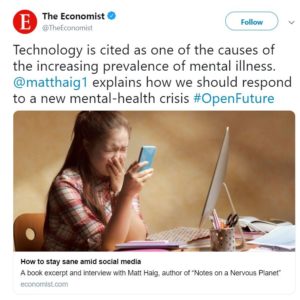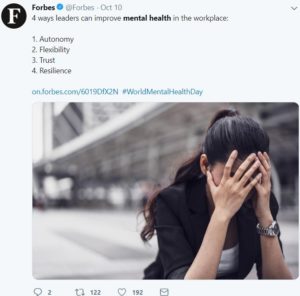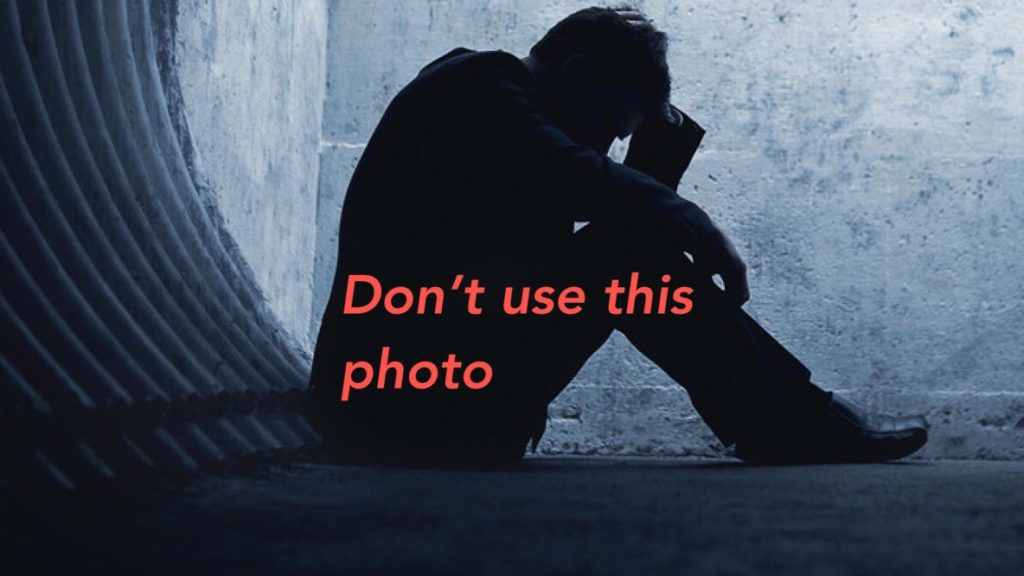We have a bone to pick with the people in control of the images. Specifically, the people in control of images depicting “mental health issues.”
As an organization dedicated to mental health equity, we spend a good amount of time tracking the topic of mental health online. We read articles on depression, anxiety, social media overuse, insomnia, bullying , trauma — the mental health beat is an ever-widening one. We’re heartened to see mental health issues being covered by a wide range of publications. But there’s another side to covering mental health, one that has to do with getting readers to click. Photo editors choose the images to bait the click. And the images attached to mental health stories are too often melodramatic stock photos of a person performing distress.



Why does this trend annoy us, you may ask? Isn’t acute distress what these articles are asking us to see and think about? Don’t people in pain sometimes clutch their heads? The problem is that, repeated over and over again on our social platforms, these images accumulate. They begin to affect us. They form a cliché: depression looks like someone clutching their head, in public. Or depression (just one example) has to feel this bad — the head-clutching-in-public bad — to matter. These images may even influence someone to wait to get help, or make them second guess their level of suffering. Photographs of people acting distressed end up adding to our collective ignorance about mental health issues, and what they look and feel like in real life.
We’re hardly the first to point out this trend. Back in 2015, The Guardian used a headclutcher image for a story about depression and was roundly criticized by readers and mental health organizations. The Guardian newsroom even began asking readers for alternative images to more accurately accompany mental health stories. Why then, in 2018, is the Stock Photo Headclutcher still so prevalent, popping up in our Twitter and Facebook feeds?
One has to assume that these images of distress are successful: they get us to click. Why might an image of a woman crying at her desk get more clicks out of us than a woman gazing? Do we feel a pang of empathy, a shot of adrenaline, a need to know why she is crying? And what if we see hundreds of images of people crying or clutching their heads or wincing — what does this do to us, our ability to feel anything in response? What is a click worth, then?
Dear Photo Editors, may we recommend one alternative source of imagery if you’re looking to pay for a photograph on the topic of depression? Photographer Tara Wray has been soliciting photographs for her Too Tired Project on Instagram, posting photographs by individuals who, like her, struggle with depression. There are photographers there invested in conveying the experience of depression from behind the camera rather than advancing a visual cliché depicting “depression.” One look at the Too Tired Project images and you will find how varied the experience of depression is. In variation, in the expression of variation, we do better.

